FOTOSEPTIEMBRE USA 2014 – UTSA Art Gallery

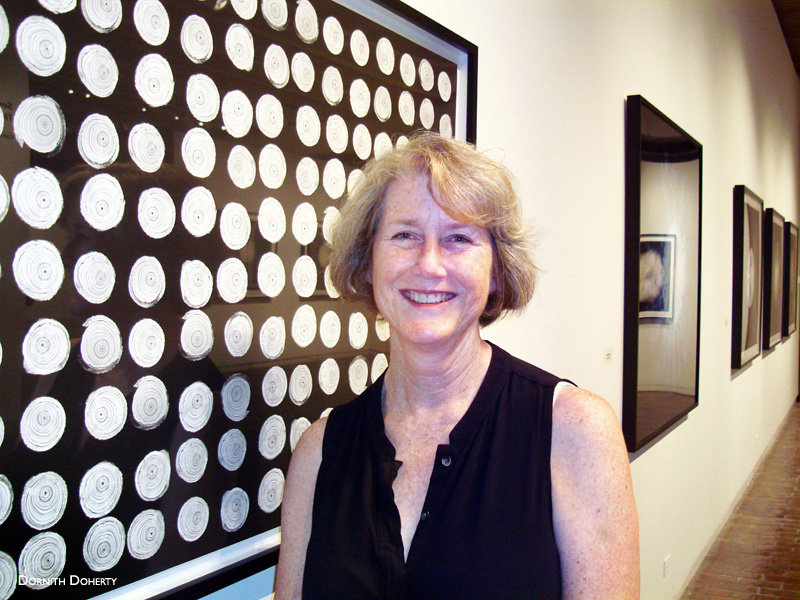

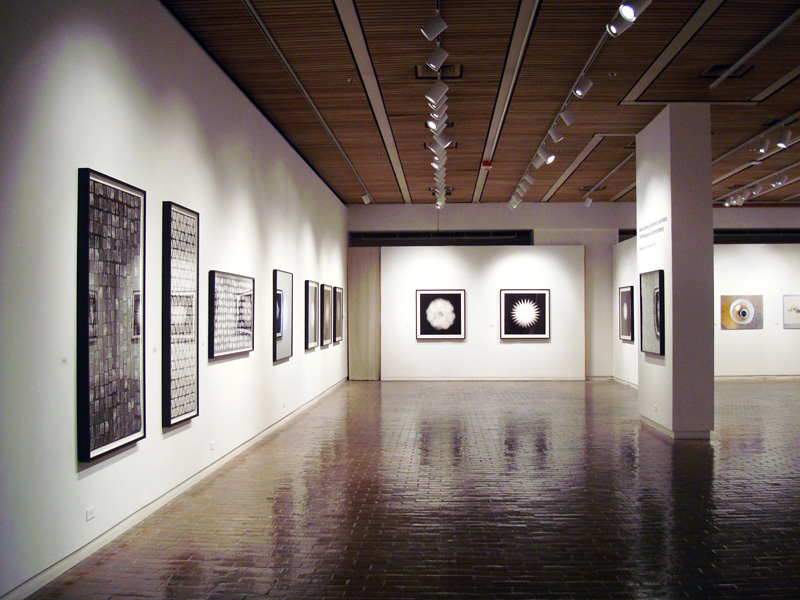
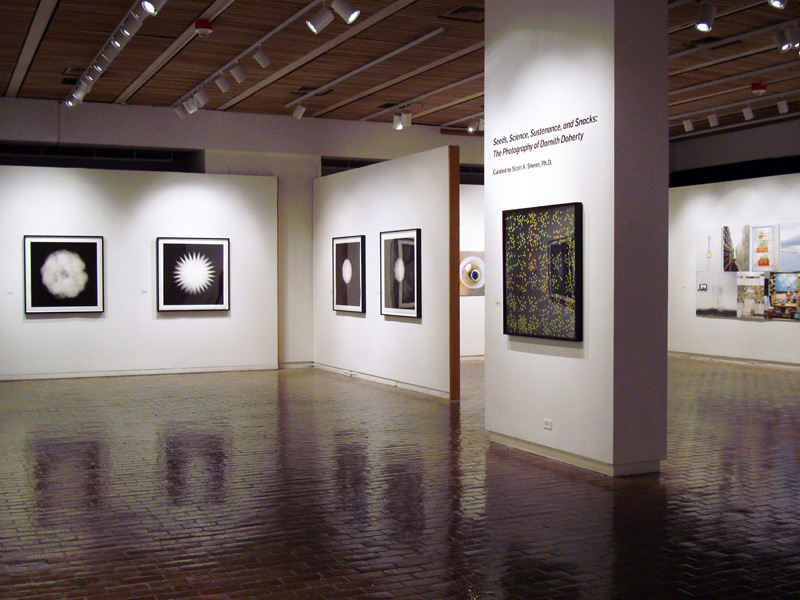
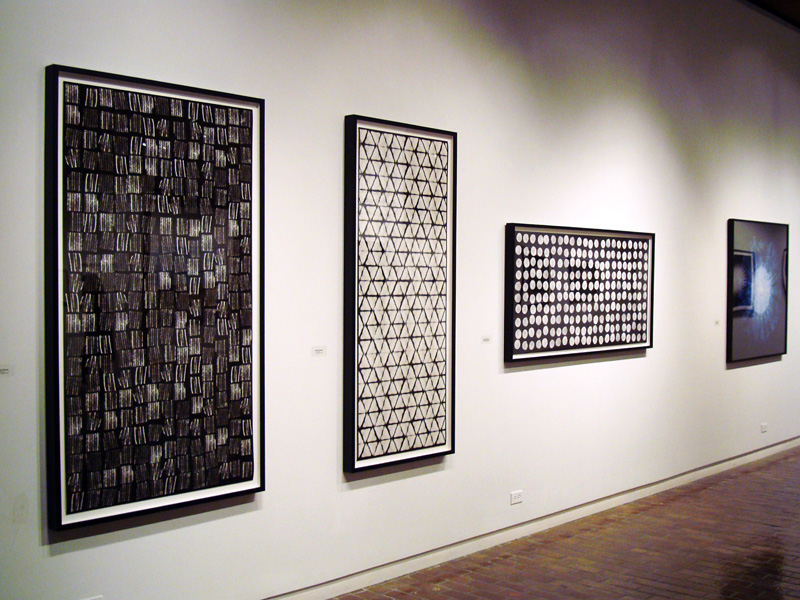
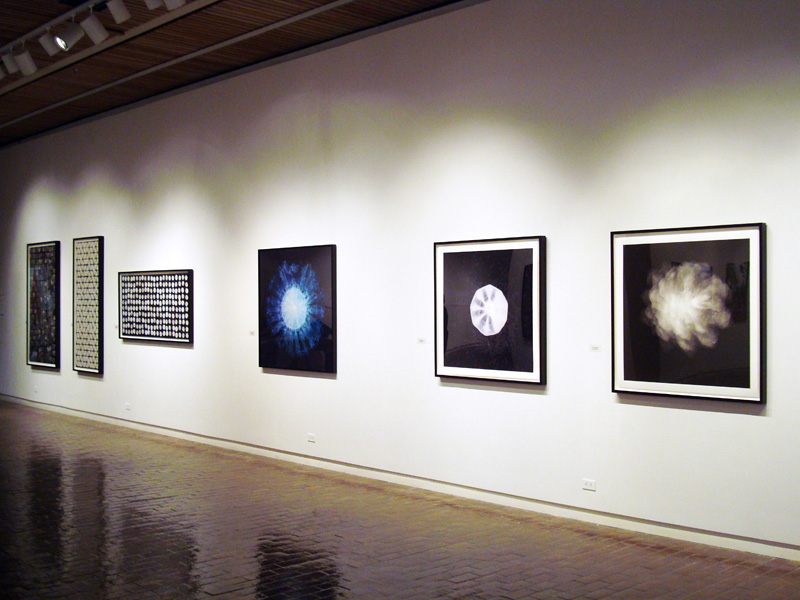
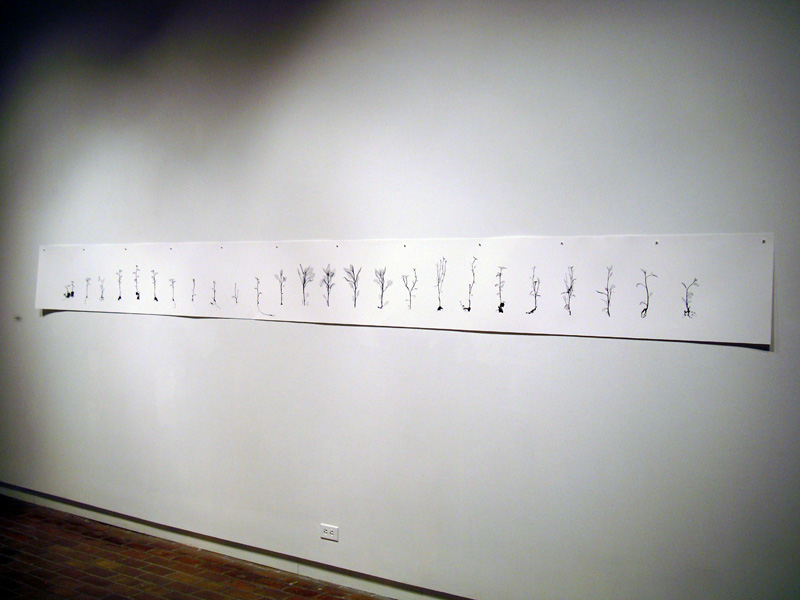
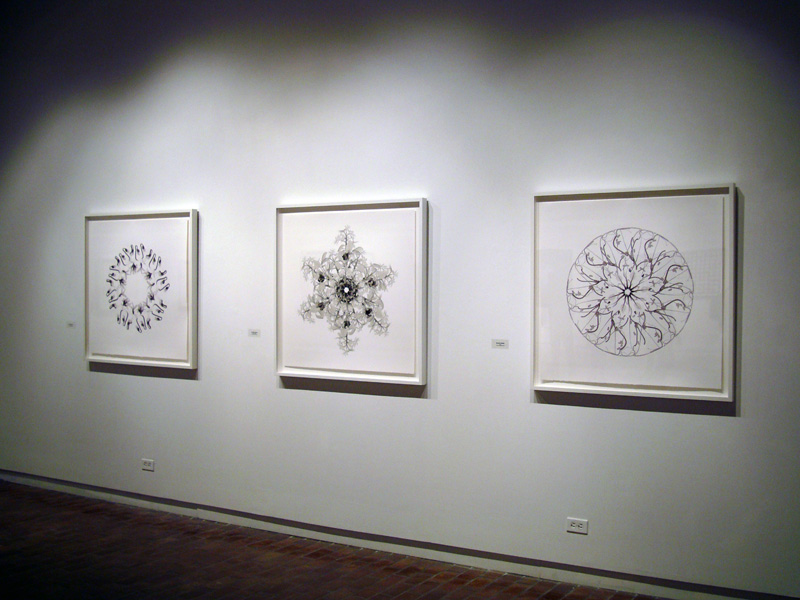
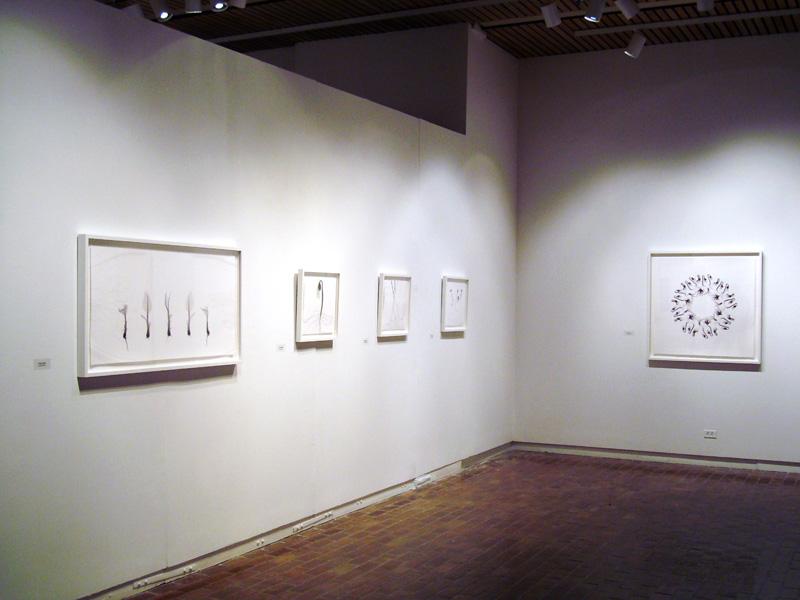
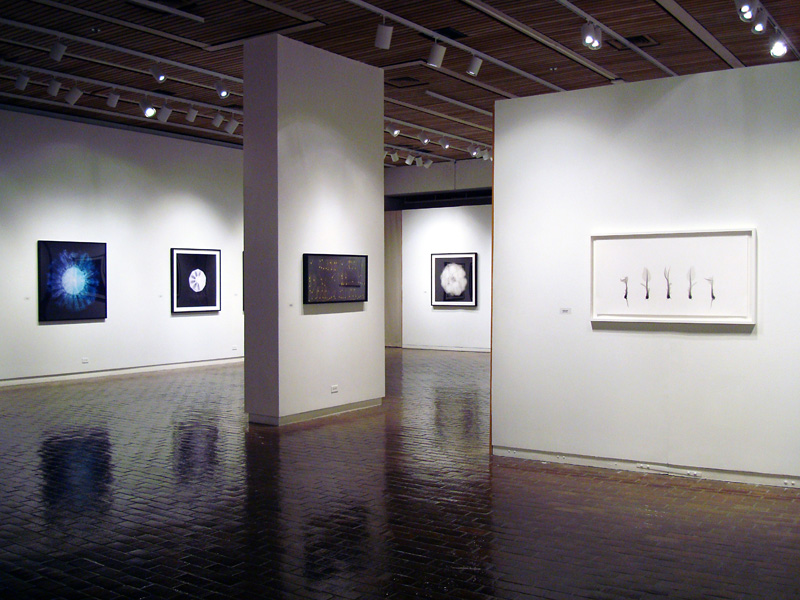
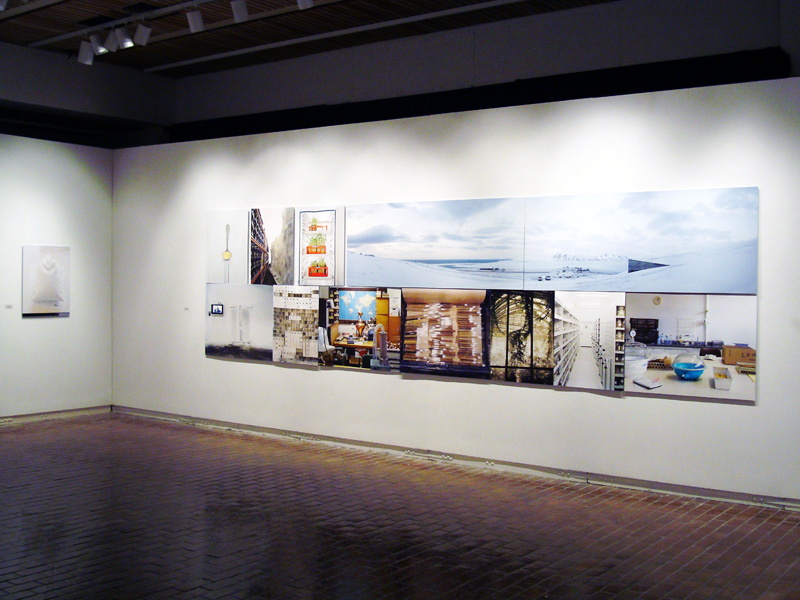
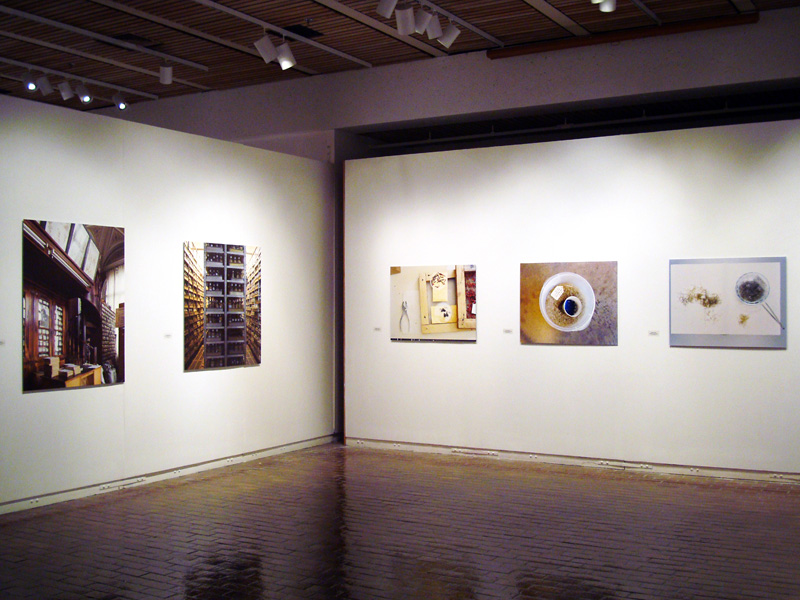
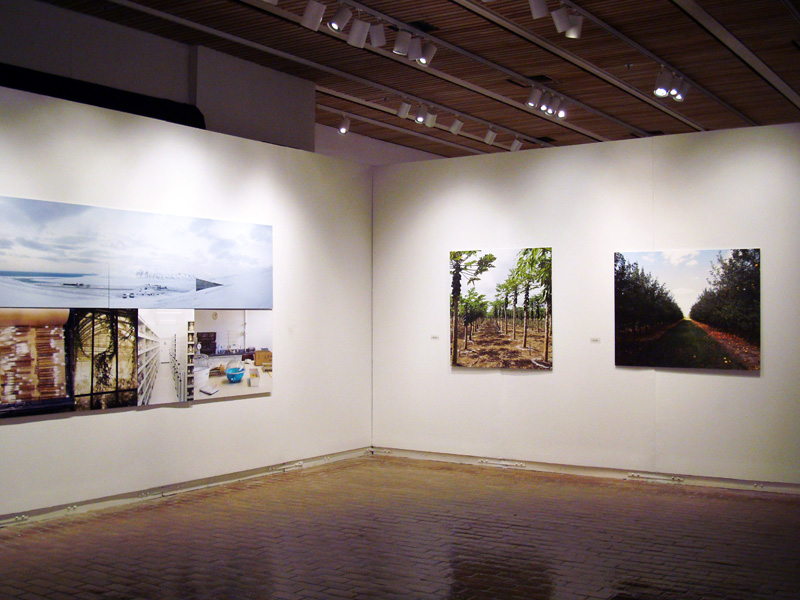
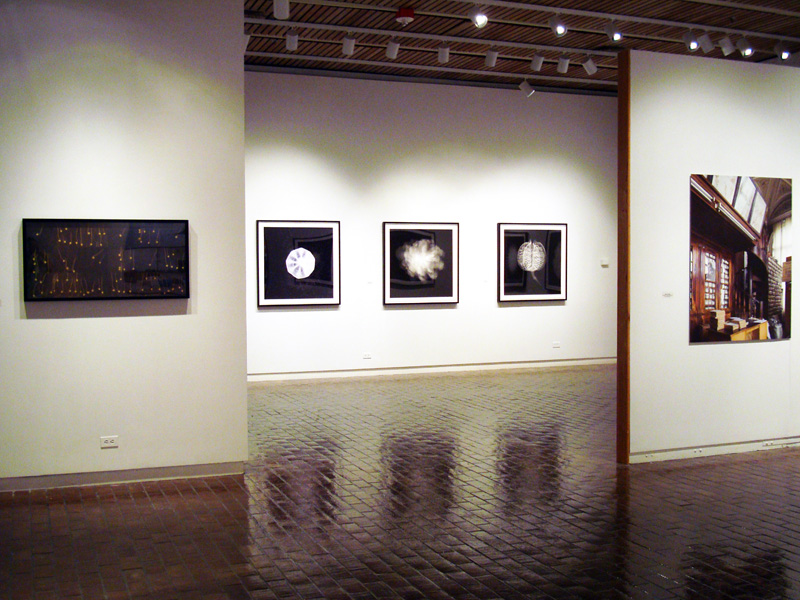
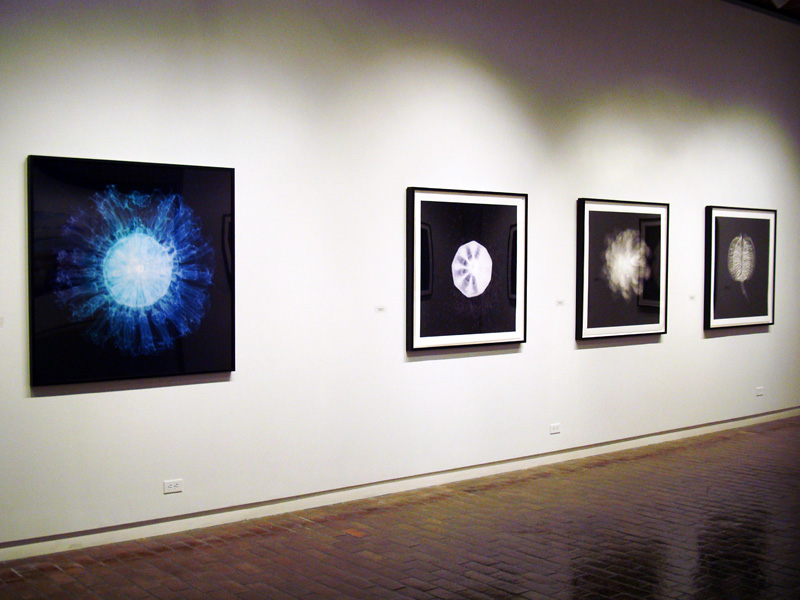
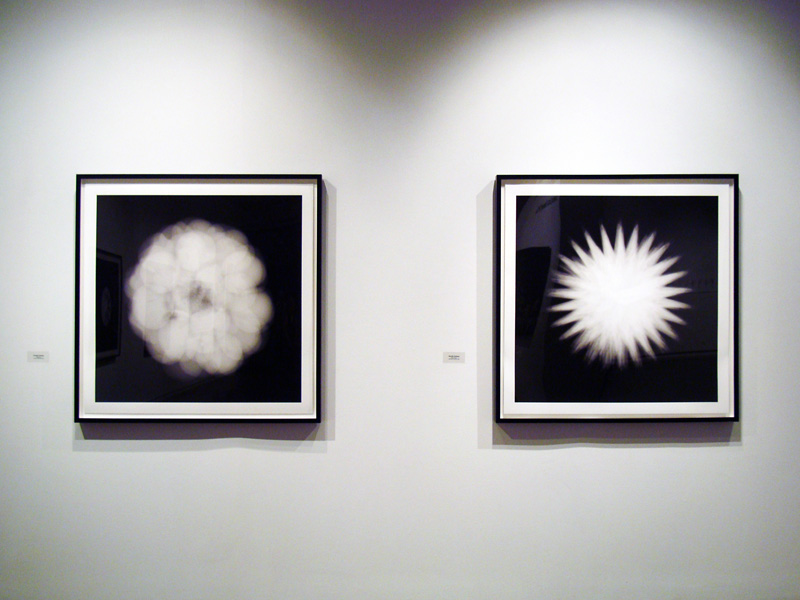
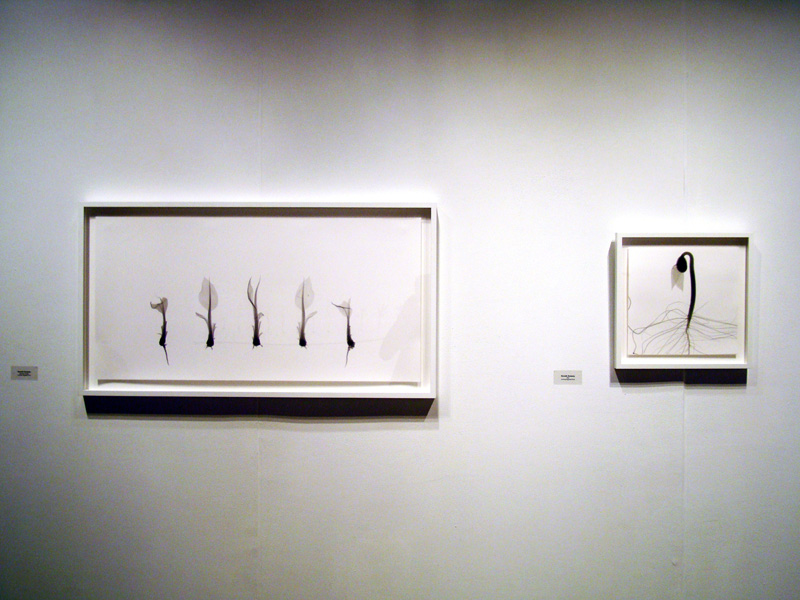
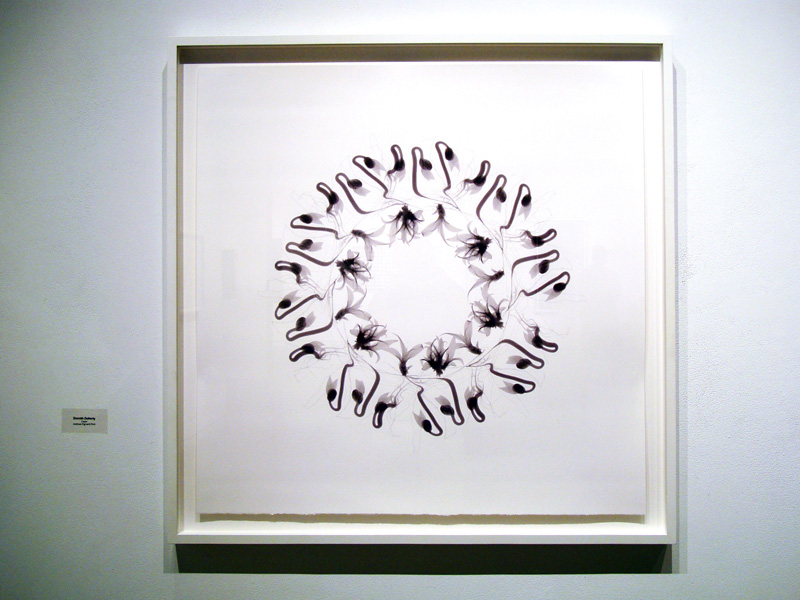
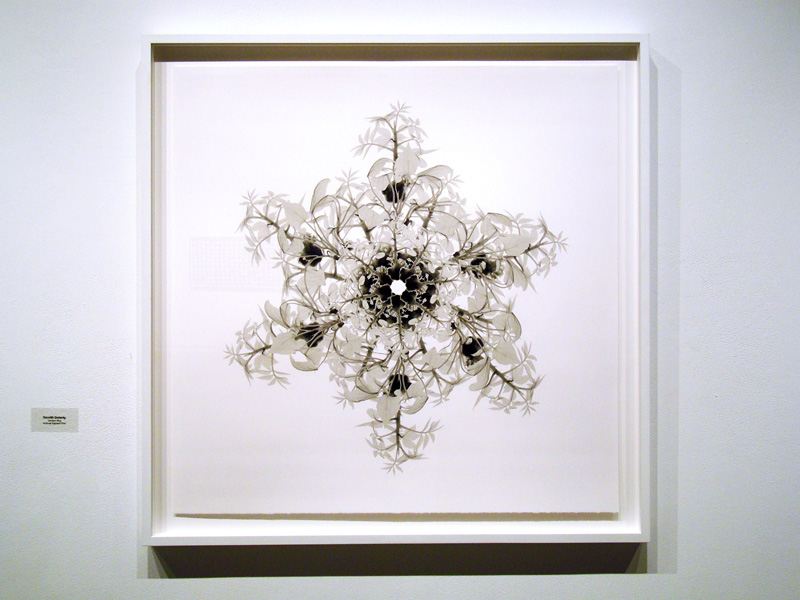
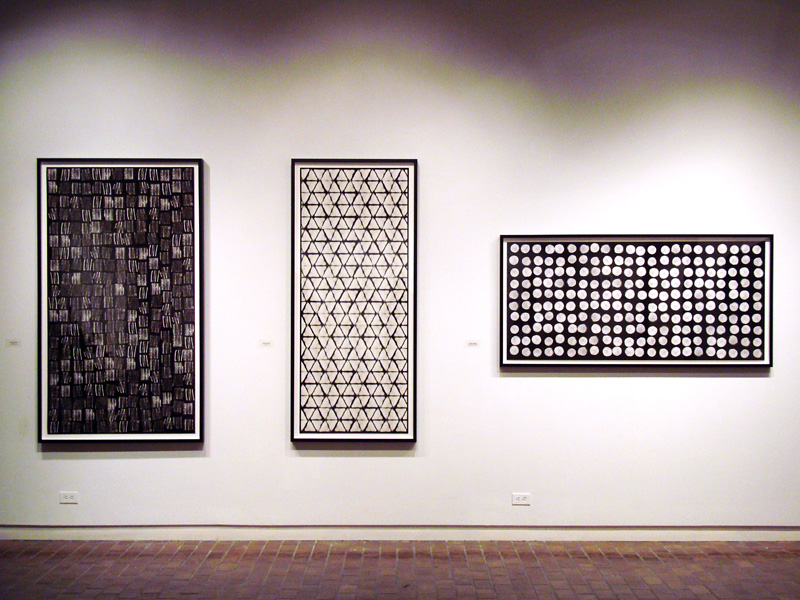
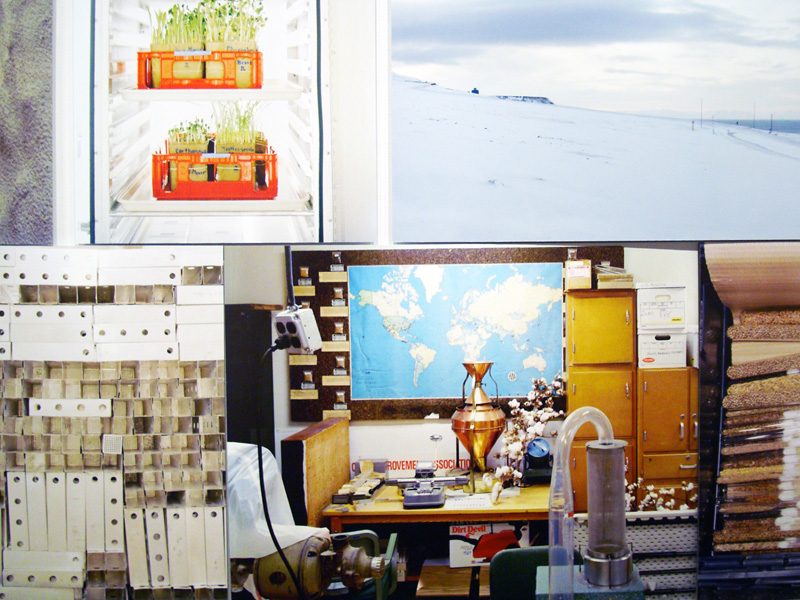
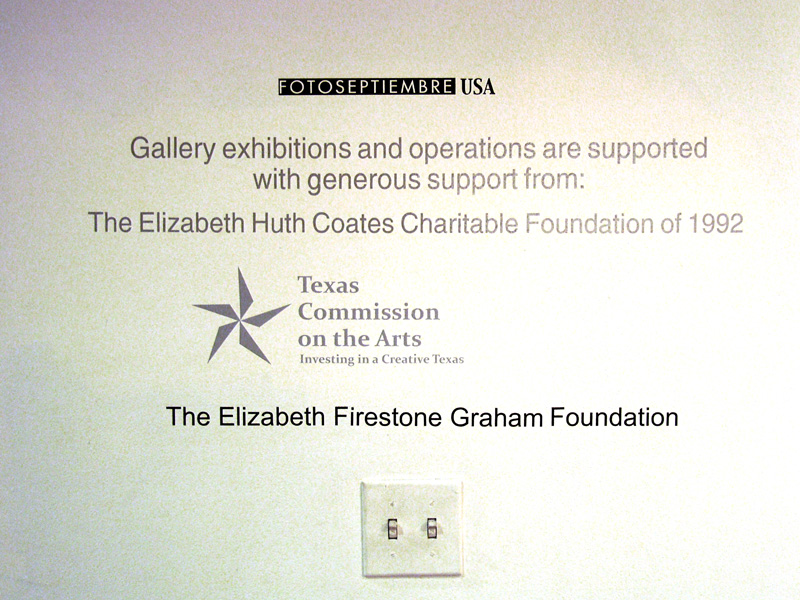
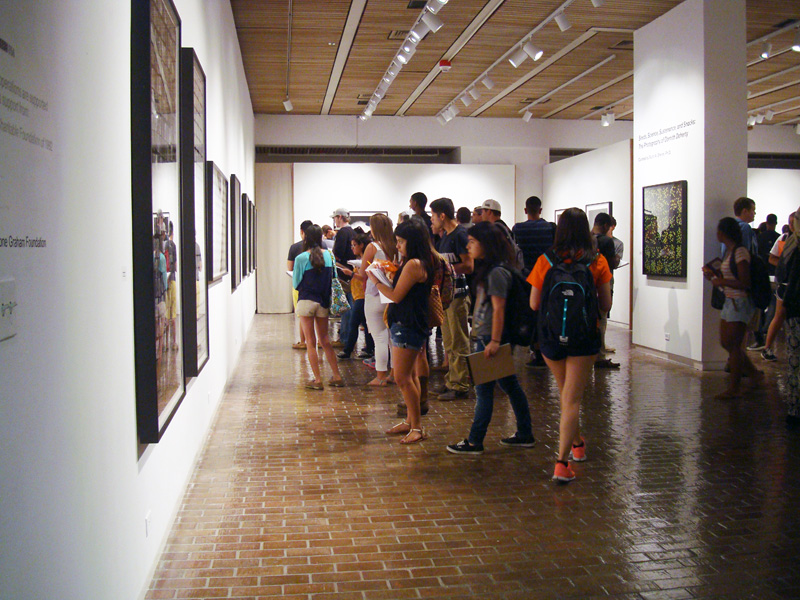
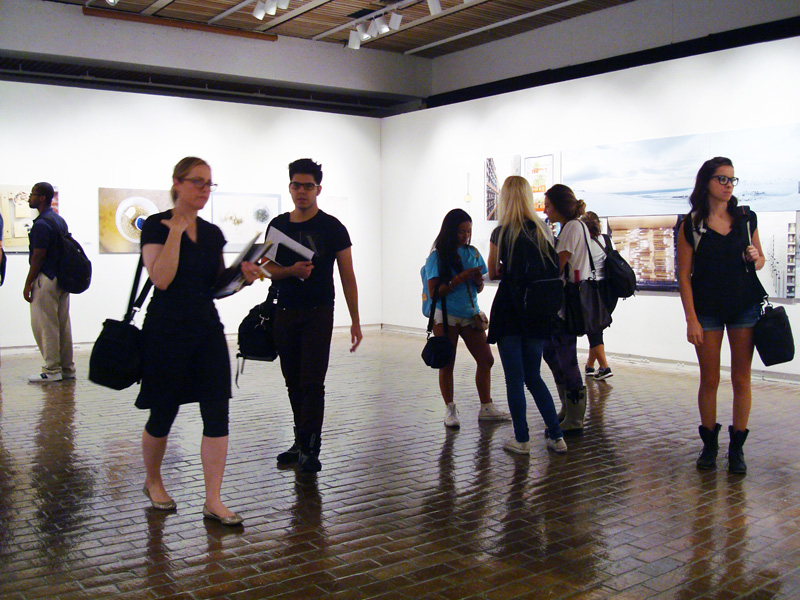
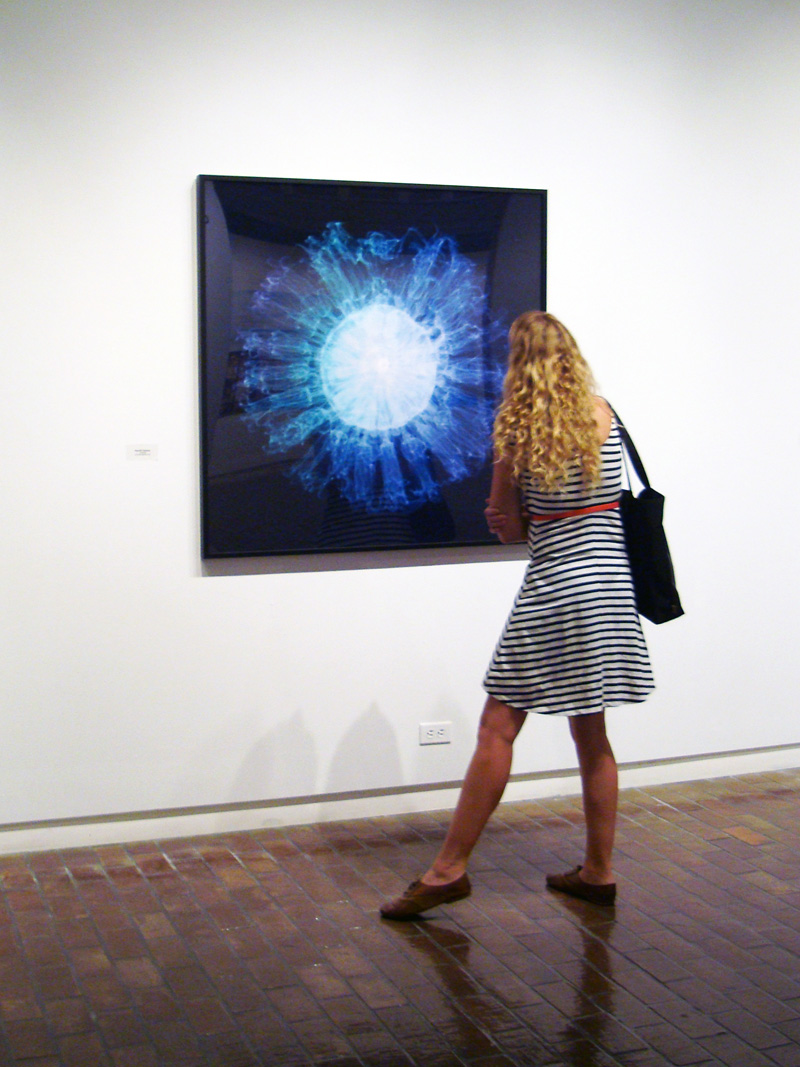
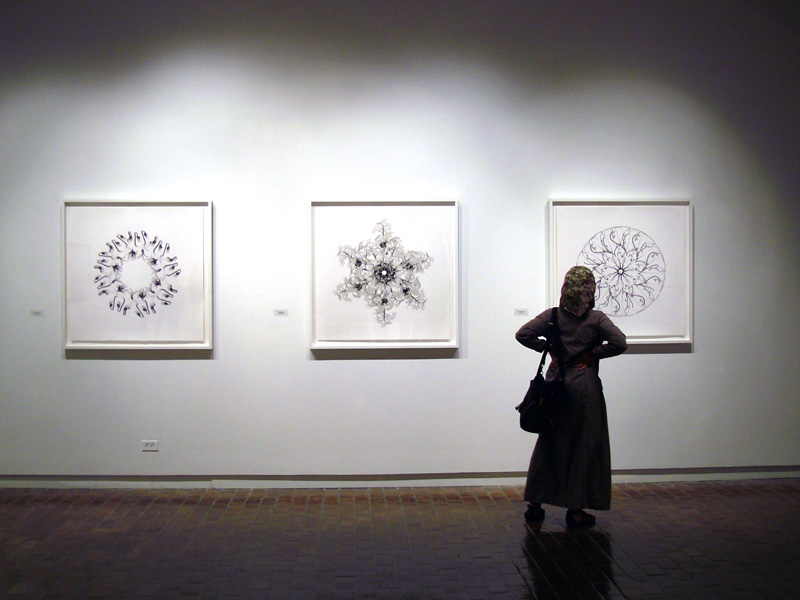
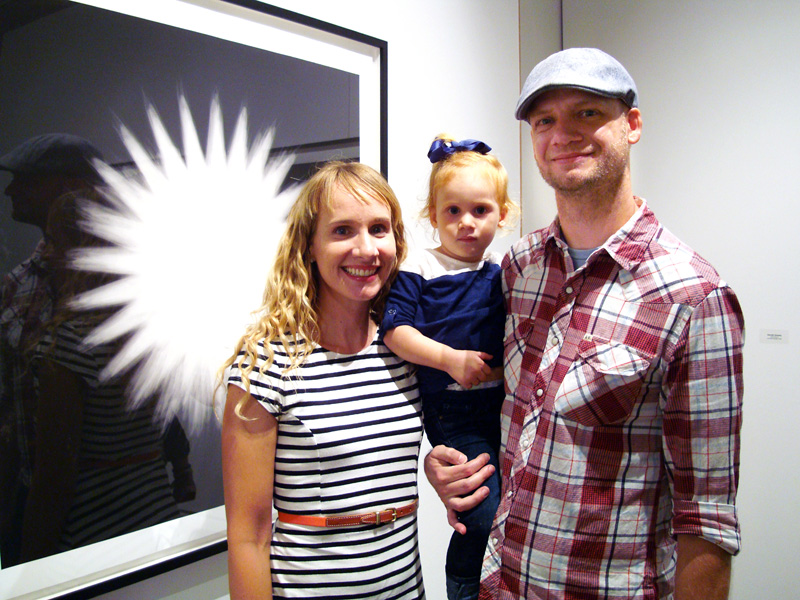
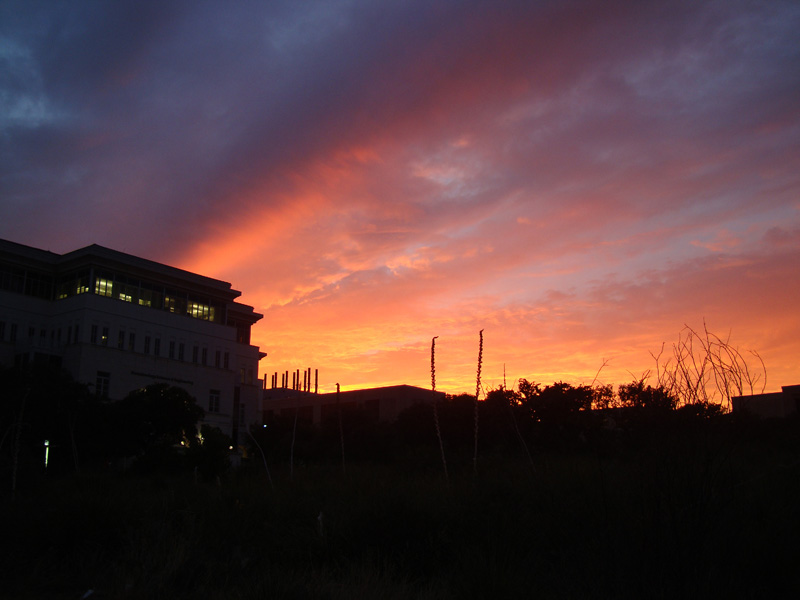
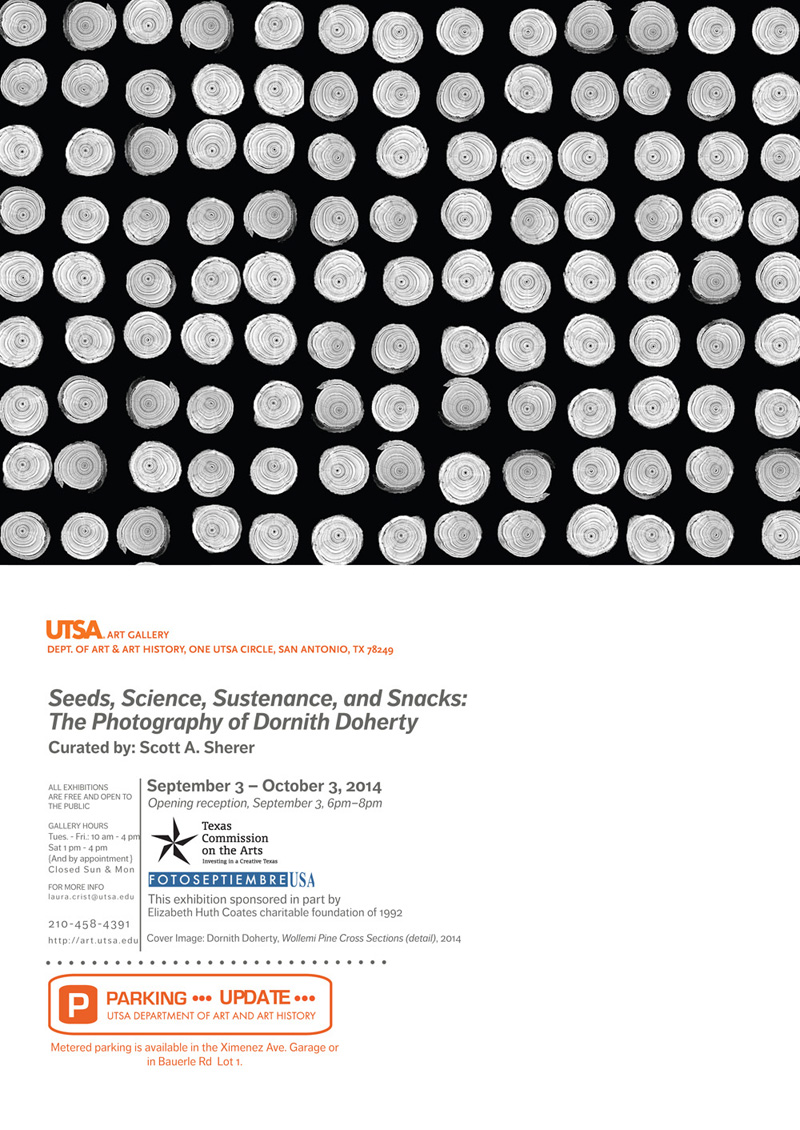
Seeds, Science, Sustenance, and Snacks: The Photography of Dornith Doherty
Dornith Doherty documents the vital energy within tiny plantlets and seeds and the science and wonder that characterizes human relationships to our natural environment. Since 2008, Doherty has collaborated with world-renowned scientists to create remarkable images that demonstrate the relationships between seeds and plants and the discourses that govern their preservation, study, and use. Seed banks respond to the severity of climate change and political instability with reserve systems. Doherty’s master photographic project titled Archiving Eden is two-fold, with part of the project consisting of images that suggest the remarkable relationships between empirical characteristics of botanical samples and both the scientific possibilities and the evocative beauty that is inherent in all living things. Archiving Eden: The Vaults, provides insight into the workspaces and technology of seed banks throughout the world.
This exhibition, Seeds, Science, Sustenance, and Snacks: The Photography of Dornith Doherty, concentrates on Doherty’s studies of agro-biodiversity, with sections referencing plants in culture, with themes regarding potatoes and the Irish diaspora, Texas plants, and x-ray images of contemporary snack foods that relate the domestication of corn centuries ago to today’s chips, cereals, sweeteners, and plastics.
Archiving Eden
Working on location in various seed banks, Doherty creates compelling, nearly abstract images of seeds from plants such as raspberries, gaillardias, and bananas, to suggest their significance far beyond their relative size. These magnified x-rays not only display the powerful technological ability to record but they also illuminate the complex philosophical, anthropological, and ecological issues surrounding the role of human and scientific agency within seed banking. Rigorous black and white photos, such as Seed Head II, expose the minute and precious interior nature of the seeds and kernels we consume. The lustrous colors of lenticular works, such as Husk Corn, generate tension that evokes the efforts to preserve and study living materials in the tenuous environments of ecological change and financial support.
Archiving Eden: The Vaults
The photographs in Archiving Eden: The Vaults provide insight into the laboratories, research, and technology of seed banks from throughout the world. This work reveals the restricted environments where biologists, volunteers, and governments strive to collect and freeze living seeds in order to conserve their viability for as long as possible. These images function as a photographic survey of the historic, economic, and geographical diversity of seed banks across four continents.
Archiving Eden: The Vaults (mural)
At the beginning of this focus in her career, Doherty traveled to the world’s largest seed bank located 800 miles from the North Pole, the Svalbard Global Seed Vault in Norway. This trip inspired Doherty to capture the optimism of volunteers and experts, notwithstanding the arduous efforts required to create a botanical reserve. The Svalbard’s collection and other similar seed bank sites can be seen as “doomsday vaults” to counter the potential repercussions of extreme climate change and political instability. The Vaults mural honors the mission of seed banks in a variety of images, such as a majestic arctic view outside the Svalbard vault, the greenhouse complex from the luscious Millennium Seed Bank in England, and the complex research labs of EMBRAPA in Brazil.
Then and Now, Potato Diversity and the Irish Diaspora
Then and Now, Potato Diversity and the Irish Diaspora is created from multiple x-ray photographs of potato clones. In the 1840s, the Irish potato famine devastated Ireland’s population and economy and contributed to mass emigration. A corrupt political system and the farming of genetically identical potatoes made the crop vulnerable to disease. This history is a reminder that uniform crops are a high-risk investment relative to multiple environmental and political conditions. Doherty’s work demonstrates biodiversity as a way to combat disease, and the long expanse of the final artwork suggests both genetic transformation in plants and the greater Irish Diaspora that is also Doherty’s family’s story over generations from Ireland to Texas.
Snacks
Doherty’s newest work, Snack I and Snack II, explores the domestication of corn over centuries from Pre-Columbian times to current uses. Snack I depicts a geometrically arranged pattern of x-rayed corn chips, creating a repetition that resonates with the ubiquitous presence of corn products in manufactured foods. This prevalence is highlighted in Snack II, which is an x-ray of a popular corn chip, original flavor.
Lady Bird Johnson Wildflower Center
This section features the work of the Lady Bird Johnson Wildflower Center at The University of Texas in Austin. Regional centers are significant locations for conducting research, education, and promoting efforts to preserve natural landscapes.
Scott A. Sherer and Marissa Del Toro
